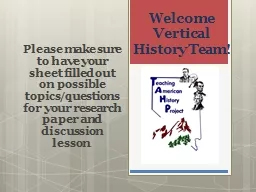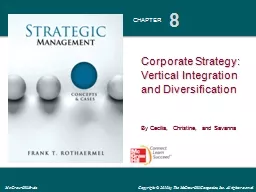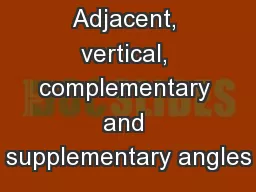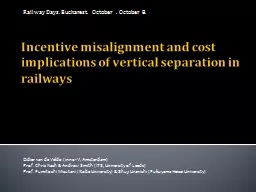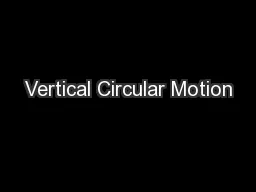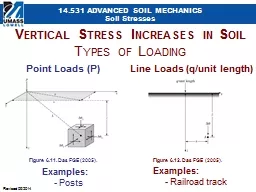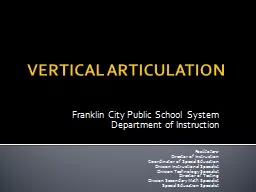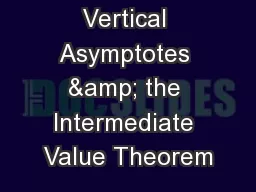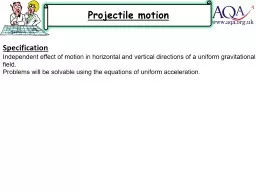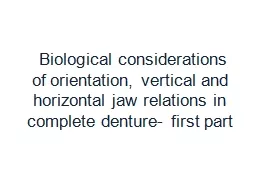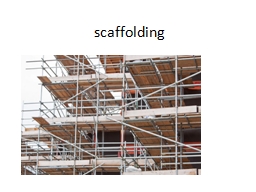PPT-Welcome Vertical History Team!
Author : olivia-moreira | Published Date : 2016-10-15
Please make sure to have your sheet filled out on possible topicsquestions for your research paper and discussion lesson Narrowing Your Topic What will you be teaching
Presentation Embed Code
Download Presentation
Download Presentation The PPT/PDF document "Welcome Vertical History Team!" is the property of its rightful owner. Permission is granted to download and print the materials on this website for personal, non-commercial use only, and to display it on your personal computer provided you do not modify the materials and that you retain all copyright notices contained in the materials. By downloading content from our website, you accept the terms of this agreement.
Welcome Vertical History Team!: Transcript
Download Rules Of Document
"Welcome Vertical History Team!"The content belongs to its owner. You may download and print it for personal use, without modification, and keep all copyright notices. By downloading, you agree to these terms.
Related Documents

